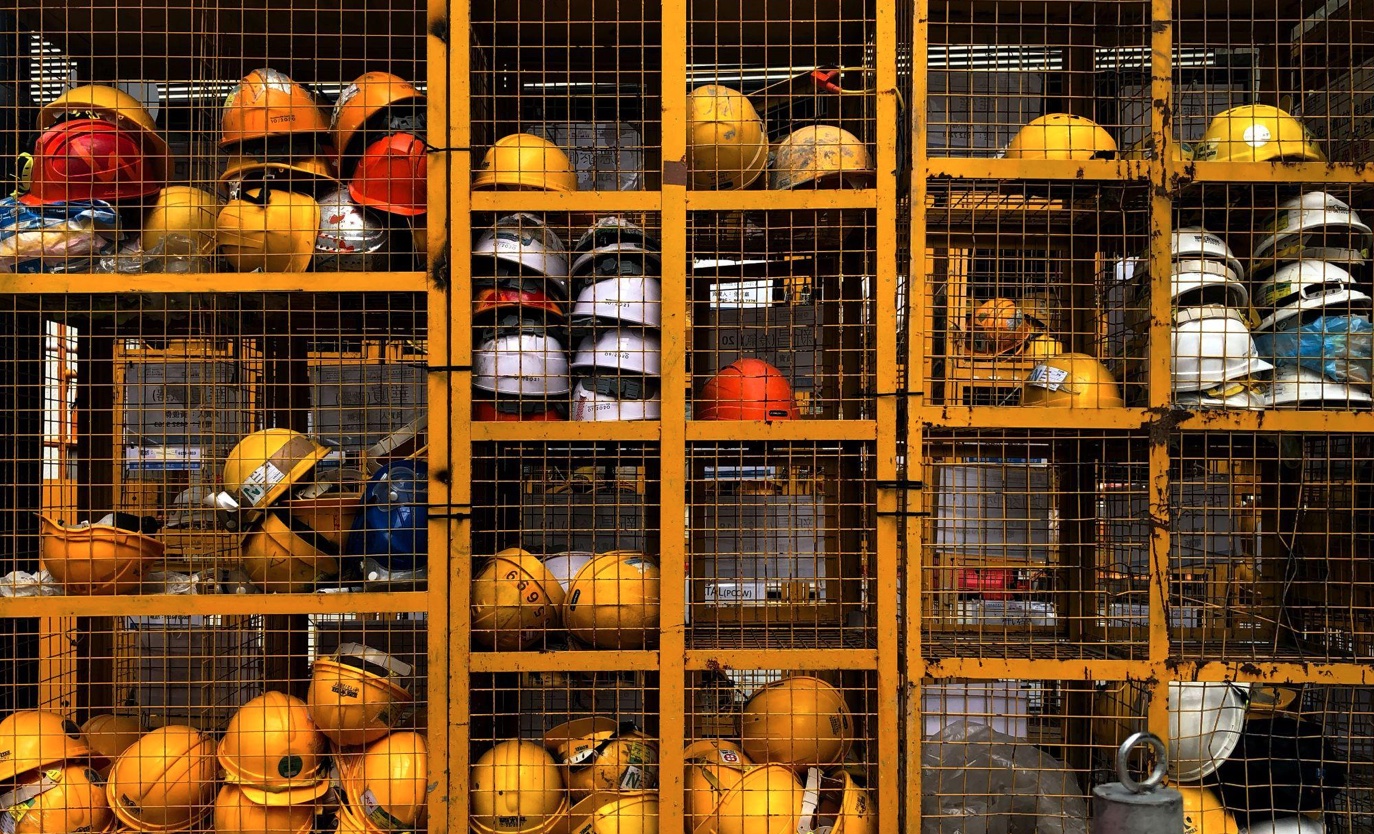A strong safety culture fosters better teamwork and communication among employees, as they share a common commitment to safety.
The way people work has changed throughout history.
While office jobs are still commonplace in some industries, many jobs have shifted to remote or offsite, somewhere far from an office. More and more people are becoming lone workers, working in hazardous or dangerous conditions. Therefore, a safe working environment should be a top priority for all organizations.
Building, implementing, and maintaining a workplace safety program is essential. These programs are intended to inform employees about what’s going on in their workplace and keep them healthy and safe.
The Rise of Lone Worker Jobs
Lone worker jobs are positions in which individuals often work alone, without direct supervision or immediate access to assistance. These jobs aren’t limited to a specific field or industry; you can find lone workers of different backgrounds.
For example, some lone worker jobs that are common these days include:
- Field Technicians
Technicians in various fields, such as HVAC, telecommunications, renewable energy and utility services, may need to work alone when servicing equipment or making repairs.
Their duties frequently require them to work at remote or diverse locations, where they may encounter various hazards. These risks include electrical hazards, exposure to extreme weather conditions, working at heights, and interacting with potentially hazardous equipment or materials.
- Home Healthcare Providers and Social Workers
Home healthcare workers and social workers provide crucial care and support to individuals in the comfort of their own homes, but this profession comes with inherent risks.
These dedicated lone workers face a range of occupational hazards—including exposure to contagious illnesses and diseases, physical strain from lifting and transferring patients, and potential workplace violence from clients or their families. These individuals often work in isolation, making them vulnerable to accidents or emergencies with limited immediate assistance.
Why Lone Worker Safety is Important
Technicians in the field, manufacturing workers, and home healthcare or social workers are only a few examples of the many types of lone workers at risk. However, what all these industries have in common is the need for safety for their employees working alone.
Businesses must take care of their number one asset—their people. The workers are the backbone of companies; no work gets done without them. A company ceases to exist.
This is where building, implementing, and maintaining a safety program makes the biggest difference.

Elements of a Strong Corporate Safety Culture
Implementing a safety culture is extremely important.
A safe workplace can help reduce sick leave and absenteeism. It also helps to reduce costs for injury and worker compensation. And, most importantly, it helps meet employee and legal obligations.
Here are a few elements that can create a strong corporate safety culture and ensure a safe work environment.
- Safety Culture Starts With Leadership
Everything begins at the top.
Managers, executives, and others at the head of organizations are responsible for establishing a safety culture. This involves the implementation of policies, procedures, and regulations to ensure the safety and well-being of workers.
These individuals must reflect these values in word and action. However, this doesn’t just mean verbally telling employees to follow proper safety procedures—it means actively conducting safety training and creating avenues to make workers feel safer.
- Effective Safety Training
Proper and effective safety training is a must.
Training equips lone workers with the knowledge and skills necessary to identify potential hazards, mitigate risks, and respond effectively in an emergency. Effective safety training covers diverse aspects and not only empowers employees to protect themselves but also fosters a culture of safety within the organization.
It’s standard to provide training for new employees when they are hired. However, training isn’t a one-time deal. Having ongoing and regular safety training ensures that employees remain up-to-date with evolving safety standards and industry best practices.
- Providing Necessary PPE
PPE, or personal protective equipment, should be standard in many industries, safeguarding lone workers from various occupational hazards.
This includes helmets, gloves, eye protection, respiratory masks, and high-visibility clothing. PPE is essential to workplace safety—particularly in industries with prevalent physical or chemical risks. It reduces the likelihood of accidents and ensures compliance with safety regulations and standards.
- Providing Digital PPE
For lone workers across many industries you need more than regular PPE, and digital PPE adds that extra layer of security.
Becklar is a leading innovator of digital PPE solutions. Their comprehensive suite of connected safety solutions (Becklar Workforce Safety) support both proactive and reactive safety solutions. How does this work? These comprehensive solutions consist of flexible mobile applications, discrete devices, powerful management tools and optional monitoring so that employers can connect directly with their lone workers and respond to any issues that may arise.
The Workforce Safety Dashboard allows managers to organize contacts and manage their workers easily. Managers can request check-ins and have that assurance that their lone workers are safe. The Dashboard works seamlessly with the WorkerSafety Pro Application.
Regardless of the risk, the WorkerSafety Pro App provides lone workers with the most comprehensive and customizable solution. It works in tandem with the Dashboard and offers lone workers a sense of security wherever they are. The app is extremely easy to use and has many built-in safety features including fall detection, check-ins and mass alert notifications.
- Empowering Workers
Each employee must take personal responsibility and accountability for the safety of their workplace.
To achieve this, lone workers must feel confident and empowered to report unsafe conditions—and provide suggestions for improvement—without fear of retaliation or harassment.
The Benefits of Promoting a Workplace Safety Culture
There are many benefits to promoting workplace safety and having a culture that prioritizes it.
- Enhanced Employee Morale
When employees feel that their safety is a top priority, they experience higher job satisfaction and morale. This leads to increased motivation and productivity.
- Peace of Mind
Having a business that prioritizes safety in its culture leads to greater peace of mind. Executives will worry less about the whereabouts of their workers. In turn, the workers will worry less about their safety and well-being in remote environments.
- Hiring Benefit
Companies with a robust safety culture find retaining existing talent and attracting new employees easier. This is because a strong safety culture leads to a better reputation. Workers feel prioritized, and this can lead to an organization’s long-term success.
- Teamwork, Communication, and Continuous Improvement
A strong safety culture fosters better teamwork and communication among employees, as they share a common commitment to safety. Also, when the team works better together, they feel encouraged with a continuous improvement mindset. Workers will be actively able to identify and address potential safety issues while suggesting improvements.


Join the conversation!